When people come across Barefoot Junkie and Vibram FiveFingers for the first time they are often a little hesitant, and that's quite normal. If you're used to wearing shoes whenever you step outside, the thought of leaving the house with very little or nothing on your feet can seem pretty strange.
We're often met with comments like 'being barefoot is not for me', or 'I could never wear shoes like those'. So if you're wondering whether being barefoot is safe for you, here's an introduction to Vibram FiveFingers and barefoot shoes.
The birth of Vibram FiveFingers
Vibram FiveFingers were the brain child of Robert Fliri, an entrepreneur and part time lumberjack. He used to love walking through the forest barefoot but could only manage it for short periods because his feet weren't accustomed to the terrain and all the roots, stones and wild plants of the forest floor.
This got Robert thinking about a way he could have the best of both worlds. How could he enjoy the freedom of being barefoot without the discomfort of everything his super sensitive feet were experiencing during his forest walks?
Robert's solution was a glove for the foot and he got working on a prototype. As with most inventions, it's usually the simplest ideas that bear fruit. Robert's idea on the face of it seemed very simple.
Humans are the only animal on the planet to wear anything on their feet (well, apart from horses perhaps) yet we have developed shoes that not only look nothing like our feet but also can change the way our feet function.
So, to Robert, a foot glove that allowed for natural foot function with a little protection from the elements seemed like a simple idea. Why had it not been developed sooner?
Robert was introduced to Marco Bramani at a chance meeting. Marco was the grandson of Vitale Bramani, the founder of Vibram (pronounced Vee bram). As a keen sailor, Marco struck on the idea to take Robert's foot glove concept and market it as a sailing shoe. And so Vibram FiveFingers were born.
Born To Run
Vibram had never intended for their five fingered barefoot shoe to be anything other than a quirky fun shoe to wear. However that was all to change in 2009 thanks to author Christopher McDougall.
Christopher wrote a best selling book called 'Born To Run' to try and answer a very serious question. Why does it hurt when I run?
While trying to answer that question he constantly came across a community of Mexican runners who called themselves Tarahumara (roughly translated 'those who run fast) who loved to run in hurrache sansals( minimal sandals made from old rubber sheets from car tyres which they attached to the foot with leather laces), including a character called Barefoot Ted who phoned the then CEO of Vibram Tony Post to ask for a pair of FiveFingers to use in the Copper Canyon Ultra Marathon. Ted was a keen Barefoot Runner but felt the Vibram FiveFingers would give him that extra bit of protection he required for such rough terrain. Vibram's perception of how the shoes could be used changed as a result of this phone call. Vibram FiveFingers also came up time and time again as a shoe that could offer some protection for people who loved running barefoot.
(Spoiler alert - 'Born to Run 2' is launching this year we hear 2022)
At the same time, paleoanthropologist Daniel Lieberman from Harvard University published his own research into the way people run barefoot compared to running in a modern running shoe.
Barefoot running reborn
People soon started to question the validity of what we call conventional running footwear. Was it just an elaborate lie that they somehow prevented us from injury?
Although there was much more research needed the minimalist or barefoot movement started to grow organically. People started to question that if we were meant to wear shoes with cushioning, arch support and narrow toe boxes, then surely we would have been born with all those things on our feet already. It’s hard to disagree with that sort of logic.
What happens when we wear shoes?
In countries where shoes are seldom worn, common conditions like plantar fasciitis, shin splints, ITB syndrome and other injuries associated with the modern day runner are seldom seen.
People who rarely wear shoes often have feet that look different to those of habitual shoe wearers. The toes are evenly spread apart, the soles become tough and accustomed to the terrain, the arch is often high and able to support itself.
The modern shoe has been developed to protect our feet in a myriad of ways. Yes, they keep our feet warm and safe from sharp objects on the ground but there's more to it than that.
Look at any modern shoe and you will find a host of features that change how our feet behave.
- Arch support to 'support' our own natural arch.
- Heels to elevate the back of our feet from the floor.
- Toe springs to lift our toes away from the floor.
- Narrow toe boxes that bunch our toes together or sometimes cause them to overlap.
Most modern shoes are built to support our feet or hold them in a certain position while we move around. Much like a cast on a limb or scaffolding around a building, any support we offer our feet will, in turn cause the muscles we have for that purpose to become weak or atrophy. At the same time, the thousands of nerve endings that supply our feet are restricted from the information they can supply to our brain.
With our feet protected in this way they begin to move less and our nervous system is compromised. There is a belief that this is why some foot, leg, hip and even back conditions can occur and develop.
Using orthotics or arch support will initially provide relief when needed but it is often cited that overusing these aids can be detrimental to long term rehabilitation and improved strength.
Should we all be barefoot?
History shows us that the human race has roamed this earth in bare feet for longer than we have been wearing shoes. The first known shoe was made as recently as 40,000 years ago.
When you think about all the rough and uneven terrain our ancestors had to encounter it's easy to see how much tougher and stronger our feet were back then. As shoes began to develop our feet began to rely on them more and more.
So if nature has provided us with all we need to walk around without shoes, why don't we? All we need is something to protect our feet from the elements and we're good to go right? Perhaps not.
The longer you have been wearing supportive shoes, the weaker your feet will be without them. For some it may take time to re-train the feet so they are strong enough to sustain long periods of activity without support.
Most people find it difficult to put Vibram FiveFingers on for the first time because we have very little dexterity in our feet. The toes are so used to being bunched together and used collectively in a shoe rather than individually. Using FiveFingers helps to restore dexterity and mobilisation of the toes in a natural way.
When you decide to take your first steps in FiveFingers we advise treading carefully to begin with. Walk only for the first few weeks to allow your feet to adapt to increased movement and mobilisation. Start to enjoy your connection to the ground and take note of how very different and liberating it feels. Within a few weeks your muscles will have strengthened and adapted to the new natural way of movement and you can then realy start to embrace further, the experience and pleasure of being barefoot......the way it should be.





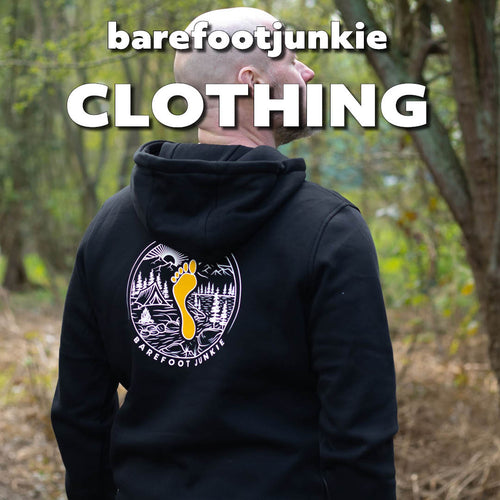
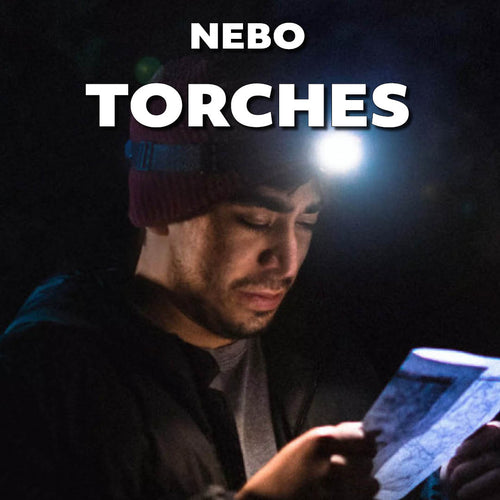
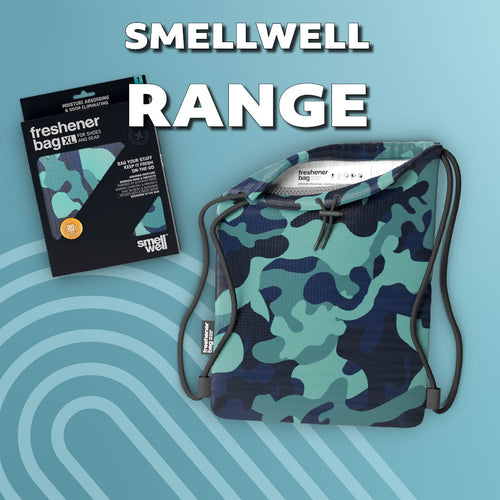
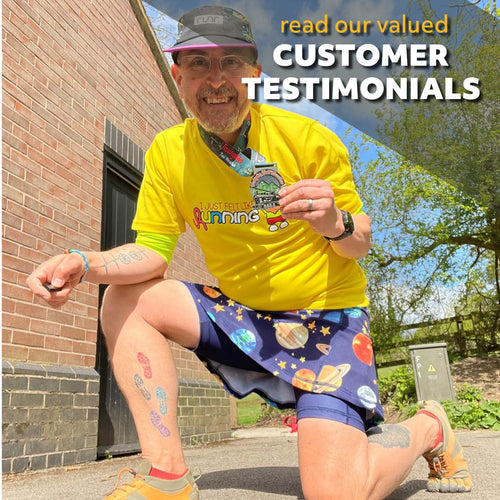
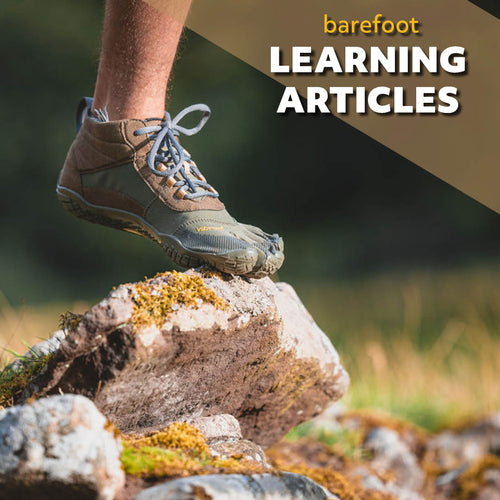
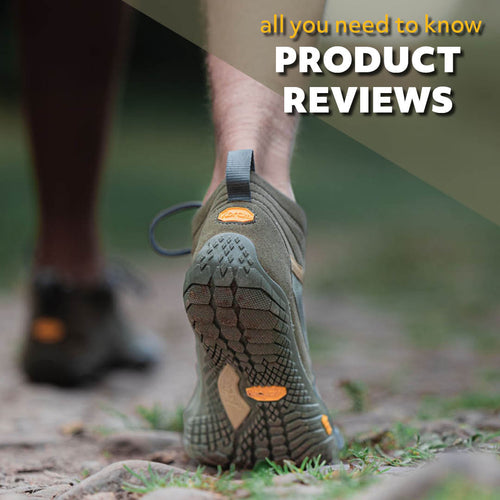
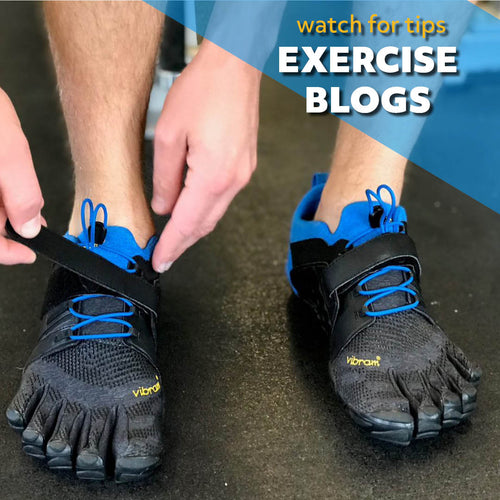
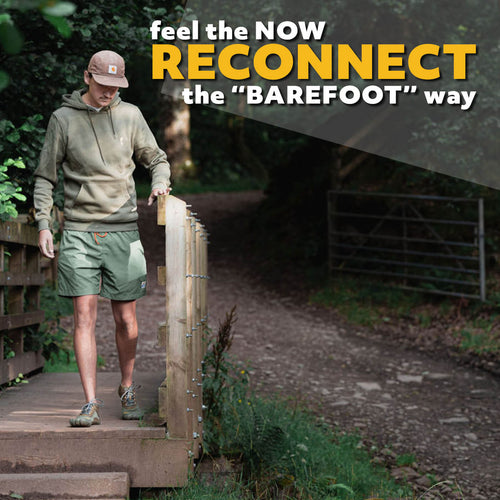



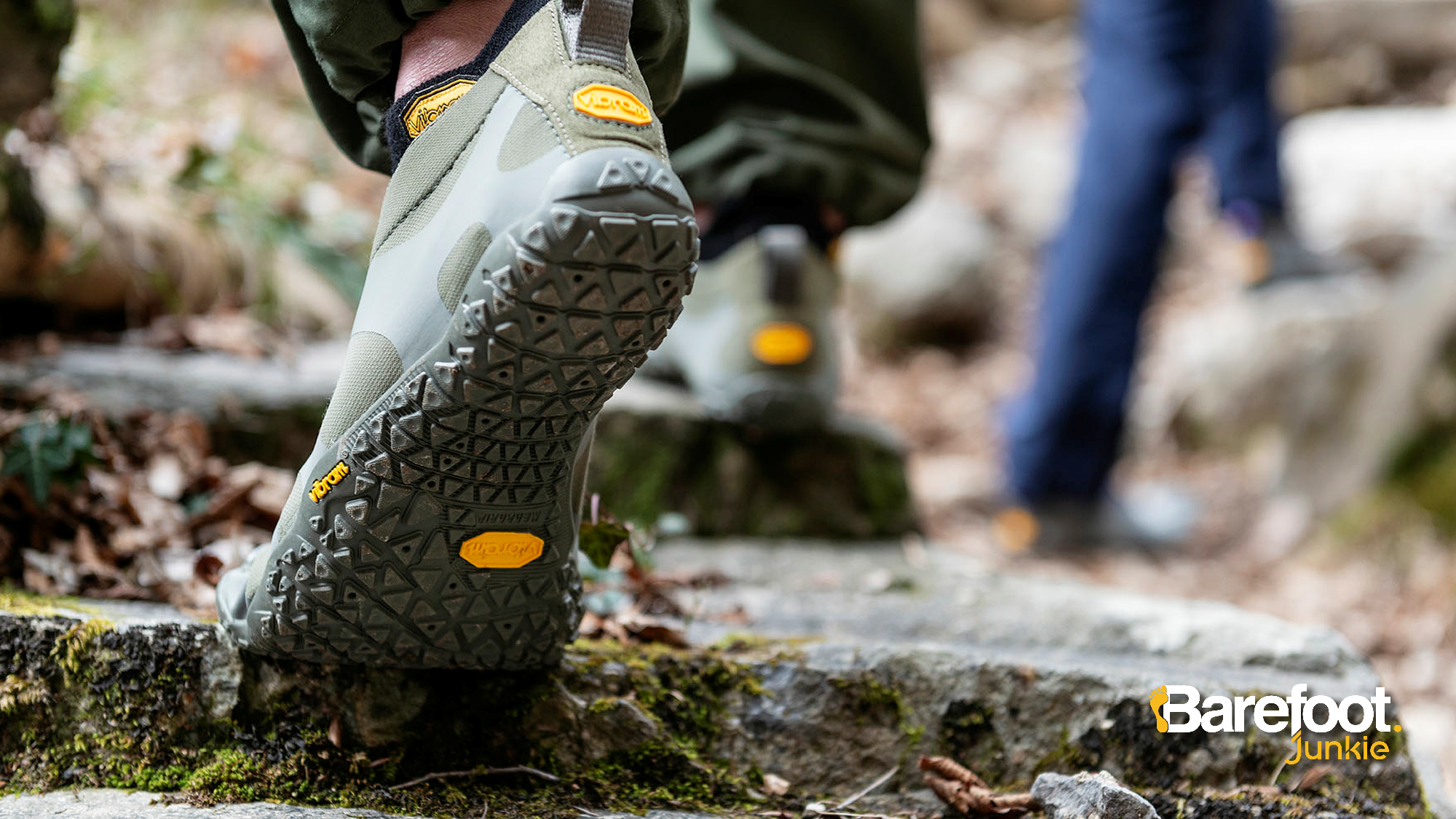

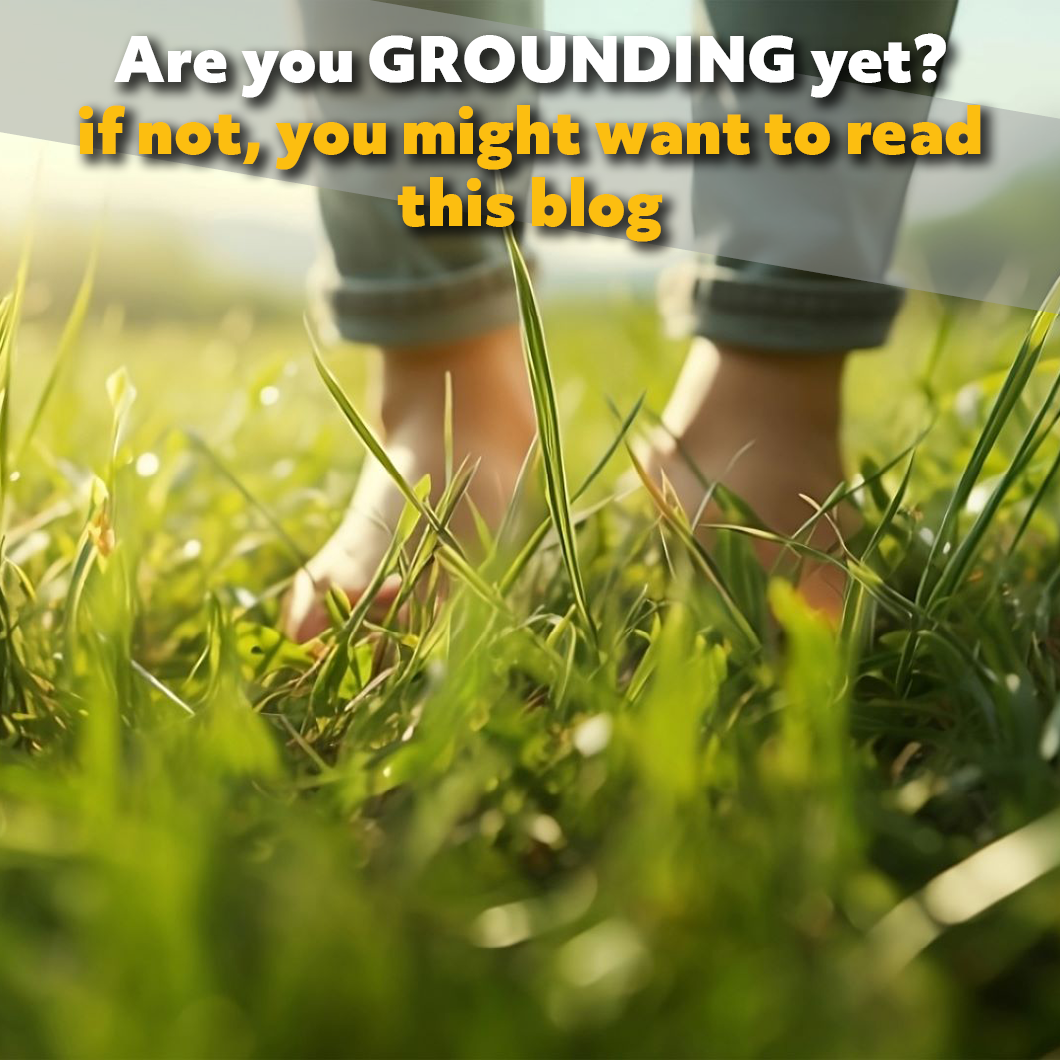
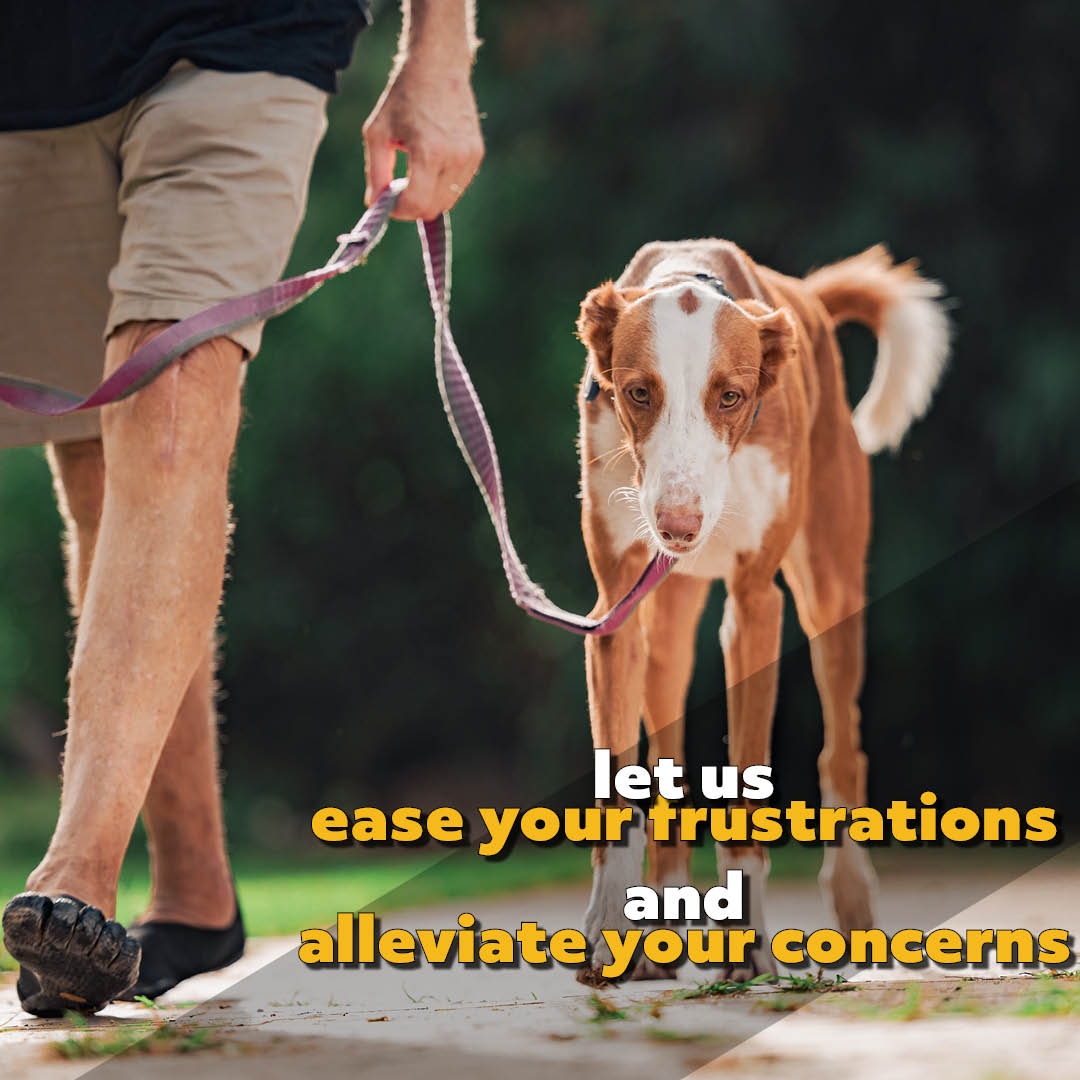

3 comments
Austen Moore
I love Vibrams and have 2 pairs. The only thing I’d question is the part about arch support. I was born with fallen arches but grew up spending my early years barefoot through summers but still I’d get pain through my lower legs and as I grew up it only worsened. I always had to find shoes with support. If not I’d literally be in agony. I’m now 42 years old and love Vibrams but I still have fallen arches and can only wear Vibrams or shoes without support for a certain time. Even if I try pushing for longer periods it never improves. I think if your born with flat feet its game over. No amount of bare foot or other wil make my ligaments tighten up, ligaments just don’t do that combined with bearing my weight all day. Even though I’m fit and weigh the correct amount. So yep, I love them but that have changed my Donald Duck feet.
I love Vibrams and have 2 pairs. The only thing I’d question is the part about arch support. I was born with fallen arches but grew up spending my early years barefoot through summers but still I’d get pain through my lower legs and as I grew up it only worsened. I always had to find shoes with support. If not I’d literally be in agony. I’m now 42 years old and love Vibrams but I still have fallen arches and can only wear Vibrams or shoes without support for a certain time. Even if I try pushing for longer periods it never improves. I think if your born with flat feet its game over. No amount of bare foot or other wil make my ligaments tighten up, ligaments just don’t do that combined with bearing my weight all day. Even though I’m fit and weigh the correct amount. So yep, I love them but that have changed my Donald Duck feet.
David Martin
I have really enjoyed your five fingers shoes. I have read that “earthing is important” any comments from you guys? Last year I went to Sri Lanka and went for a walk with a “headman” in his 60s who had been a hunter gatherer and had never worn shoes. I was interested to feel the sole of his foot which he kindly swapped for feeling my sole. I was amazed as I assumed it would be like the soles of your shoes. In fact it was very soft and thick, it occurred to me that this might be a development for your shoes. I can easily get his contact details if of interest, Kind regards David Martin
I have really enjoyed your five fingers shoes. I have read that “earthing is important” any comments from you guys? Last year I went to Sri Lanka and went for a walk with a “headman” in his 60s who had been a hunter gatherer and had never worn shoes. I was interested to feel the sole of his foot which he kindly swapped for feeling my sole. I was amazed as I assumed it would be like the soles of your shoes. In fact it was very soft and thick, it occurred to me that this might be a development for your shoes. I can easily get his contact details if of interest, Kind regards David Martin
Steven
I am a new convert to minimalist running. Vibram do seem to be the best around, so looking forward to experiencing them eventually.
http://ketogenicendurance
I am a new convert to minimalist running. Vibram do seem to be the best around, so looking forward to experiencing them eventually.
http://ketogenicendurance